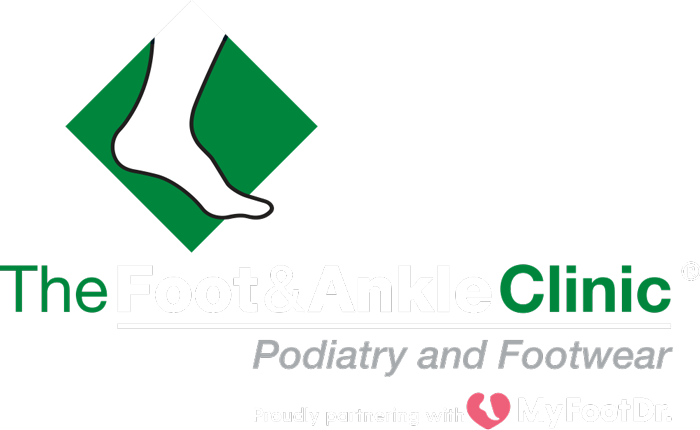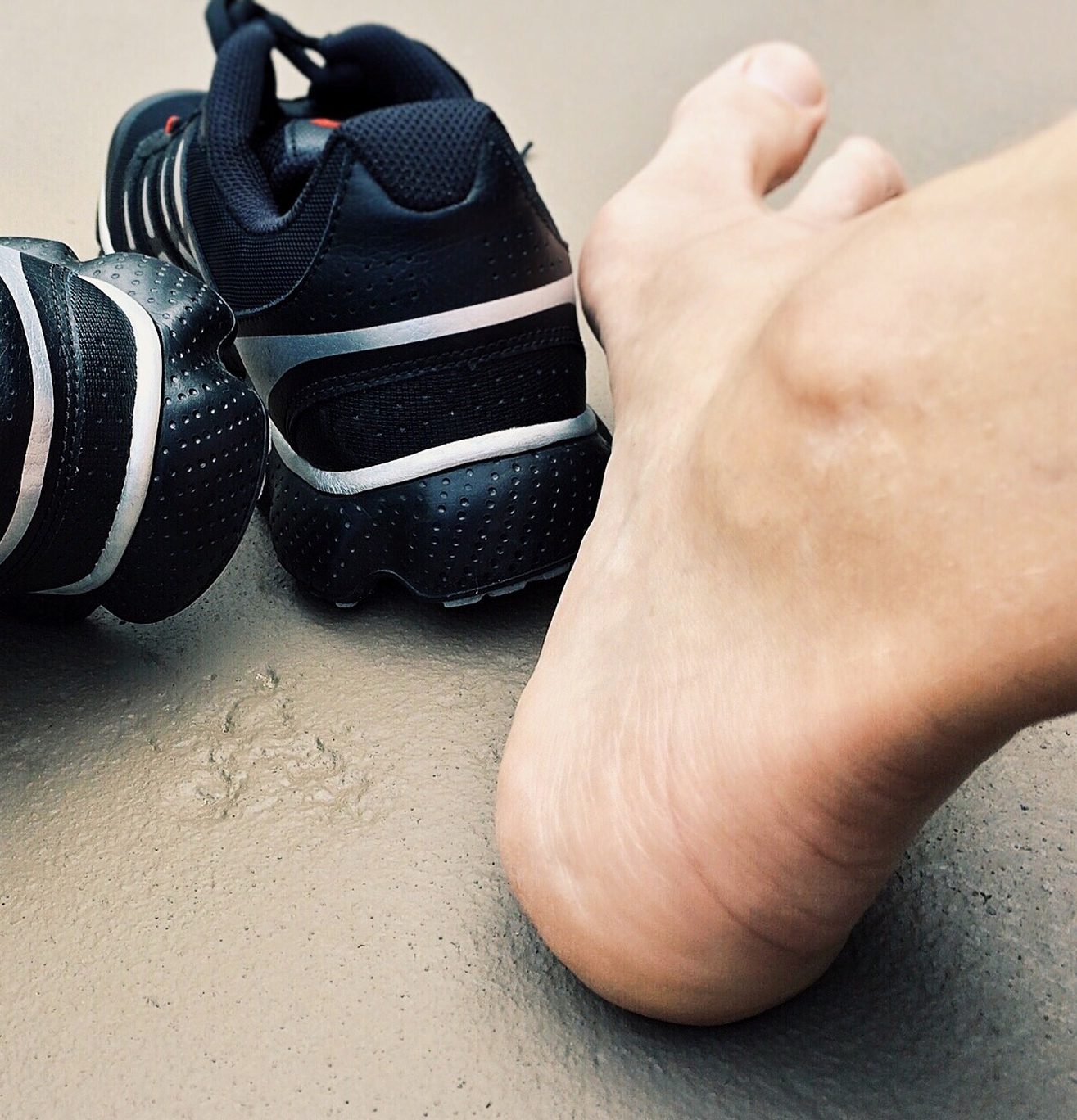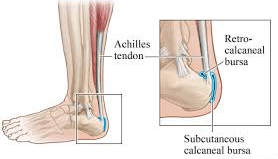Heel Bursitis
Heel Bursitis is an inflammation of a bursa (a fluid filled fibrous sac) under and around the heel bone where the pain is typically more in the centre or the back of the heel where the achilles tendon inserts of the heel and significantly worsens during the day.
Bursa are fluid-filled sacs that cushions muscles, tendons and joints. They surround the areas where tendons, skin, and muscle tissues meet bones. The lubrication they add helps reduce friction during movement.
Bursitis is an inflammation of your bursae. Inflamed bursae cause pain and discomfort in the affected location. They also limit the ways you can move your joints.
In the foot there is only one naturally occurring bursal sac. This sac is located between the Achilles tendon and the heel bone (calcaneus). However, in response to the constant “micro-trauma” that our feet experience when we walk, the body creates bursal sacs to protect areas of the foot where trauma is occurring. If the trauma continues, the bursal sac (that has formed in order to protect the foot) becomes inflamed and the condition develops.
There are 3 main types of bursitis associated with heel bursitis. These include Retro-calcaneal bursitis, Subcutaneous (or Achilles) bursitis, and Sub-calcaneal (or Plantar Calcaneal) bursitis.
Retrocalcaneal Bursa
Retrocalcaneal bursa are located between the achilles tendon and heel bone.

Subcutaneous Calcaneal Bursa
Subcutaneous calcaneal bursa are located between the skin and where the achilles tendon attaches to the heel bone.

Sub-Calcaneal Bursa (Plantar Calcaneal Bursitis)
Sub-calcaneal bursa (plantar calcaneal bursitis) is located between the heel bone and the plantar fascia (thick fibrous tissue that inserts into the heel bone). Plantar calcaneal bursitis symptoms can be very similar to plantar fasciitis. The athlete usually notices a dull ache under the heel directly under the fat pad. Sub-calcaneal bursa is typically more in the centre of the heel than that experienced with plantar fasciitis (heel spur) and significantly worsens during the day.
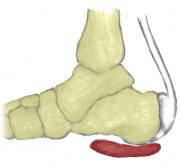
Causes Of Heel Bursitis
- Repetitive overuse injury of the ankle during long periods of running and or walking
- Tight shoes
- The heel counter of the shoe constantly rubbing against the back of the heel
- Wearing shoes with a low cut heel counter
- Abnormal foot mechanics (abnormal pronation)
- Poor flexibility
- Inappropriate training
Treatment For Heel Bursitis
Wear comfortable, supportive shoes. People can minimize friction at the heel by avoiding shoes that press against the back of the heel and wearing comfortable, supportive footwear. Shoes with an “Achilles notch,” a groove in the collar at the back of the shoe to protect the Achilles tendon, can be particularly helpful. (Almost all running shoes are designed with an Achilles notch.)
Rest. Frequent resting of the foot is essential for inflammation reduction. Medical professionals typically recommend the R.I.C.E. formula, which includes Rest, Ice, Compression, and Elevation. It is important to wait until all pain and swelling around the back of the heel is gone before resuming activities. This may take several weeks. Once symptoms are gone, a patient may make a gradual return to his or her activity level before their bursitis symptoms began.
Returning to activities that cause friction or stress on the bursa before it is healed will likely cause bursitis symptoms to flare up again.
Orthotics. Wearing an orthotic device improves poor gait and biomechanics of the foot and ankle reduce irritation of the retro calcaneal bursa. Proper gait assessment and evaluation is critical for optimal results.
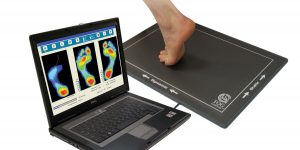
Stretching and physical therapy. Stretching the Achilles tendon often helps alleviate pain. Once the pain is resolved it is important for the patient to continue a regular stretching program. Regular stretching reduces the chance of recurrence.
Padding and Strapping. Strapping can provide stabilization and pressure relief from rubbing and friction on the affected area.
Topical and oral anti-inflammatory medications. Oral and topical NSAIDs and lidocaine patches are sometimes prescribed.
Aspiration. An aspiration to remove fluid from the swollen bursa with a needle and syringe can often relieve pressure.
Injection Therapy. Although not used in every case, symptoms may be quickly relieved with injection therapy such as prolotherapy. Often, as a precaution, a short period of immobilization following an injection is performed to protect the Achilles attachment.
Ultrasound. Using sound waves, ultrasound causes a vibration though the skin that may stimulate blood flow and healing. Patients do not feel discomfort during this procedure, which typically takes place in a physical therapist’s office.
Antibiotics. Only septic bursitis requires treatment with antibiotics. The choice of antibiotic may be influenced by what microorganism is causing the infection. Most people with septic bursitis are effectively treated with oral antibiotics. More challenging cases may require hospitalization and antibiotics delivered intravenously.
Shockwave Therapy: involves the application of high energy Extracorporeal Shockwave Therapy (ESWT) waves through the surface of the skin. Application of ESWT will then begin to accelerate the healing process. This will in turn dramatically reduce pain and promote healing. The body responds with increased metabolic activity at the site of the pain, stimulating and accelerating the healing process.
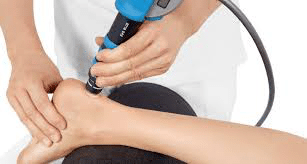
Surgery. Though rare, particularly challenging cases of retro calcaneal bursitis might warrant a bursectomy, in which the troublesome bursa is removed from the back of the ankle. Surgery can be effective, but operating on this bony area can cause complications, such as trouble with skin healing at the incision site.
In addition to removing the bursa, a Podiatry Surgeon may use the surgery to treat another condition associated with the retro calcaneal bursitis. For example, a surgeon may remove a sliver of bone from the back of the heel to alter foot mechanics and reduce future friction. Any bone spurs located where the Achilles attaches to the heel may also be removed.
At the Foot and Ankle Clinic our highly qualified team of Podiatrists are all members of the Australian Podiatry Association and offer a combined 50 years’ experience. They are trained to diagnose and effectively treat bursitis via a range of treatments.
Put your feet in our hands! See us today in Chadstone, East Bentleigh, Moe, Sale, Traralgon, Warragul & Online Store and Retail Enquiries. NO REFERRAL NEEDED!.
